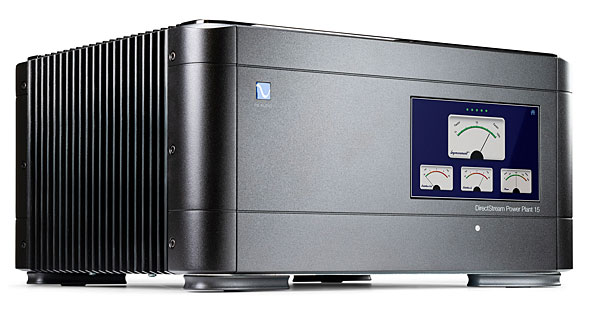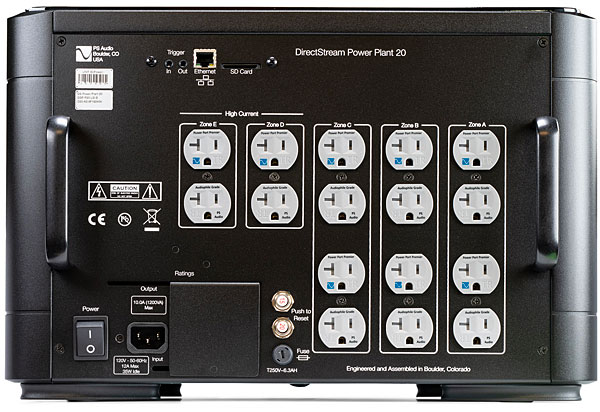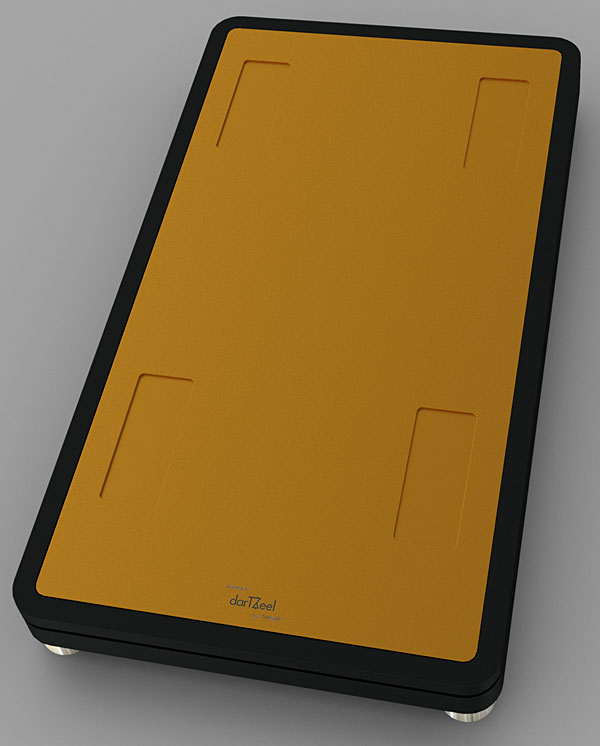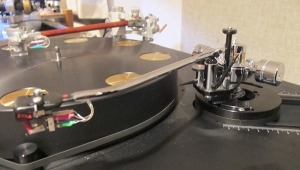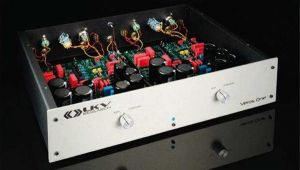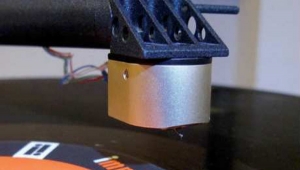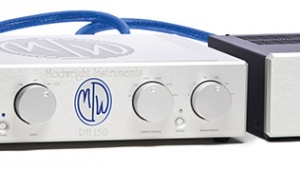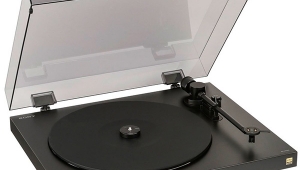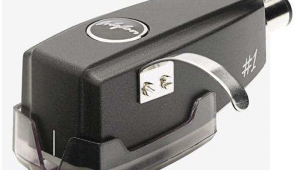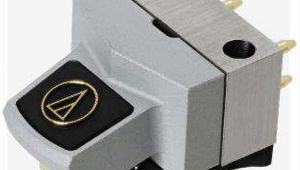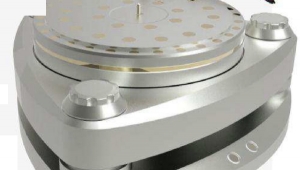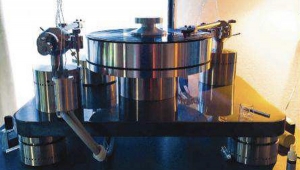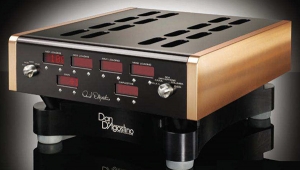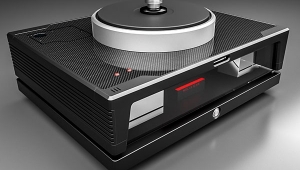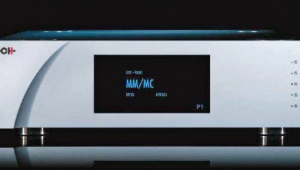| Columns Retired Columns & Blogs |
I think people are right to be sceptical about the promises made by power conditioning products, but also open to have their minds changed.
The (sometimes) astronomical pricing, and almost complete lack of published specs from Audioquest/Isotek etc to show what their products are capable of should be enough to make potential customers wary.
Have a look at the published specs of a AU$400 hard-wired product I think would be easily comparable to any $1-2000+ 'hi-fi' product
https://www.poweronaustralia.com.au/wp-content/uploads/2014/07/Eaton-DSFi-Technical-Specification.pdf and then try to compare that to a hi-fi power conditioning product.
Added to this, as mentioned, is not knowing if your hifi setup will benefit from power conditioning until after you've paid the purchase price makes conditioning a real minefield.
Only buying conditioning products from a retailer that accepts no-question returns would be a smart move!
My (13kw Enphase micro-inverter based) solar system is being installed in a few weeks, so I'm somewhat concerned about the outcome from this on my hifi, but will just have to wait and see the results...
